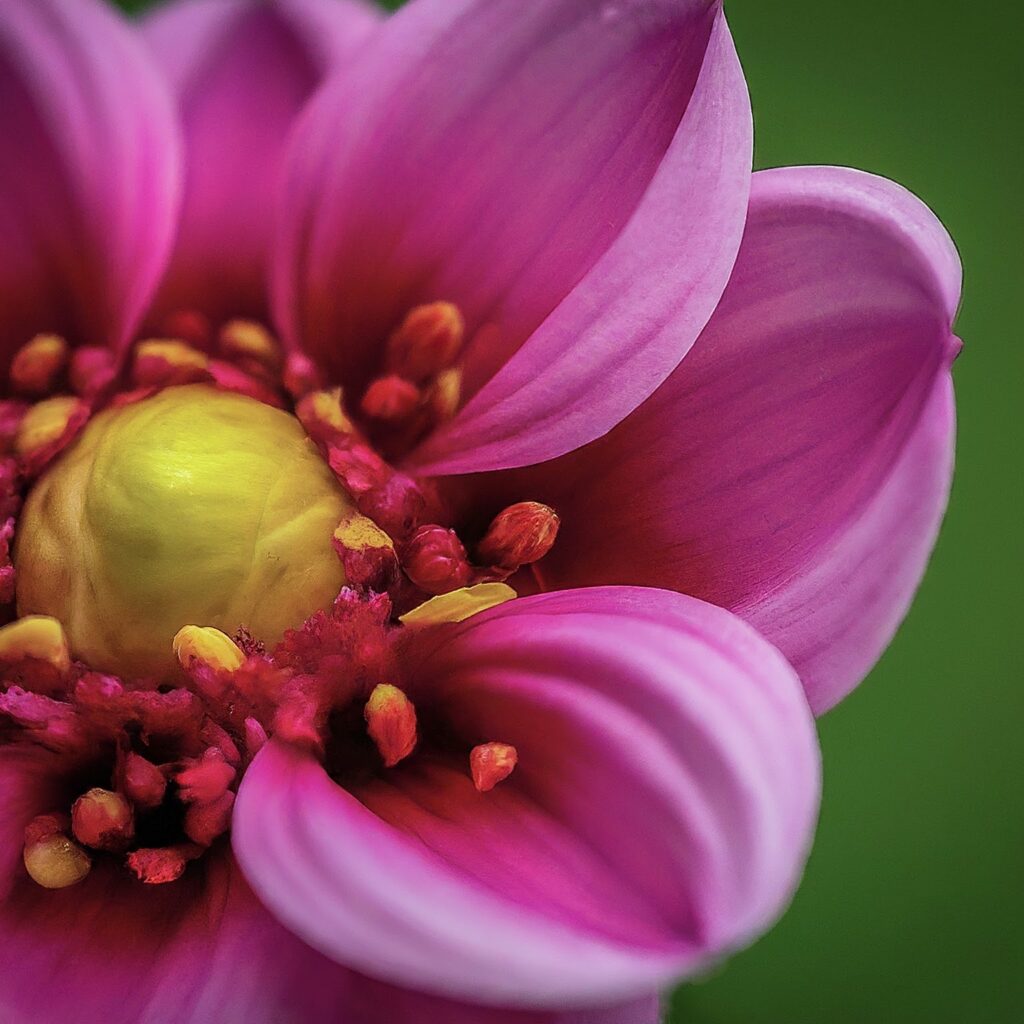When I first ventured into the world of macro photography, my telephoto zoom lens fell short in capturing the intricate details I desired. I knew specialized macro lenses were available, designed to magnify subjects and reveal their exquisite details. Essentially, I needed a macro lens, but selecting the right one was daunting. My initial choice was an old 60mm f/2.8 lens from eBay, selected mainly due to budget constraints.
Years and many upgrades later, I’ve tested numerous macro lenses across various brands. Here, I’ll share my insights to help you choose the ideal macro lens for your needs.
What Is the Best Macro Lens?

This question isn’t as straightforward as it seems. The best macro lens for you depends on several factors:
- Physical Requirements: Do you prefer a compact, handheld lens, or are you okay with a larger, tripod-dependent lens?
- Budget: How much are you willing to spend?
- Subject Matter: Different subjects, like insects versus flowers, present unique challenges.
- Photography Style: Are you aiming for sharp, detailed images or more abstract, impressionistic photos?
While there’s no one-size-fits-all macro lens, understanding image quality, focal length, and price can guide your decision.
Macro Lenses and Image Quality

Photographers often emphasize sharpness when selecting lenses. Fortunately, most macro lenses, even budget-friendly ones, offer impressive sharpness, especially when stopped down slightly. However, pricier lenses generally provide even better sharpness and superior bokeh, essential for shallow depth-of-field shots.
Budget macro lenses might exhibit chromatic aberration (color fringing), which can be minimized by stopping down the aperture or corrected in post-processing. Higher-end lenses typically handle this better, so I’ll note any significant chromatic aberration issues for specific lenses below.
Macro Lens Focal Lengths
Focal length significantly impacts your macro photography options. Macro lenses fall into three main categories:
- Short Macro Lenses (35-60mm)
- Midrange Macro Lenses (80-105mm)
- Long Macro Lenses (150-200mm)
The Short Macro Lens (35-60mm)
Pros: Lightweight, inexpensive, versatile for non-macro uses
Cons: Short working distance, less impressive bokeh
Short macro lenses are great for casual outings and as all-purpose lenses that also handle macro shots. They’re portable and easy to handhold but require you to get very close to your subject, which can be problematic for insects or shadow casting.
Recommended Short Macro Lenses:
- Canon DSLR: Canon EF-S 60mm f/2.8 USM (APS-C)
- Canon Mirrorless: Canon RF 35mm f/1.8 IS
- Nikon DSLR: Nikon 40mm f/2.8G, Nikon 60mm f/2.8G
- Nikon Mirrorless: Nikon Z MC 50mm f/2.8
- Sony: Sony 30mm f/3.5, Sony 50mm f/2.8
The Midrange Macro Lens (80-105mm)
Pros: Good working distance, versatile, great bokeh, affordable options
Cons: Slightly shorter working distance for insects, higher-end models can be expensive
Midrange macro lenses offer flexibility and are perfect for handheld flower photography. They provide a balanced working distance and are lightweight enough for easy handling.

Recommended Midrange Macro Lenses:
- Canon Mirrorless: Canon RF 85mm f/2
- Canon DSLR: Canon EF 100mm f/2.8 USM
- Third-Party: Tamron 90mm f/2.8, Tokina 100mm f/2.8, Sigma 105mm f/2.8
- High-End: Nikon 105mm f/2.8G VR, Canon 100mm f/2.8L IS, Canon RF 100mm f/2.8L IS, Nikon Z MC 105mm f/2.8 VR S
- Sony: Sony 90mm f/2.8
The Long Macro Lens (150-200mm)
Pros: Excellent working distance, superb bokeh, high image quality
Cons: Heavy, expensive, limited selection
Long macro lenses are ideal for insect photography due to their working distance, which prevents disturbing the subject. They offer exceptional image quality but can be cumbersome to use without a tripod.
Recommended Long Macro Lenses:
- Sigma: Sigma 150mm f/2.8 (Canon, Nikon)
- Irix: Irix 150mm f/2.8 Macro (Nikon, Canon, Sony)
- High-End: Nikon 200mm f/4, Canon 180mm f/3.5L
Choosing the Perfect Macro Lens: Final Words
While macro lenses generally deliver high-quality images, some will suit your needs better than others:
- For casual macro photography and general use, go for a short-range lens.
- For serious macro work with flexibility, a midrange lens is ideal.
- For insect photography or when perfect image quality is paramount, choose a long macro lens.
Still have questions? Feel free to ask in the comments, and I’ll do my best to help!
